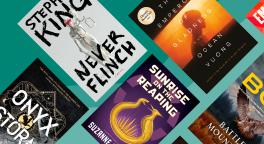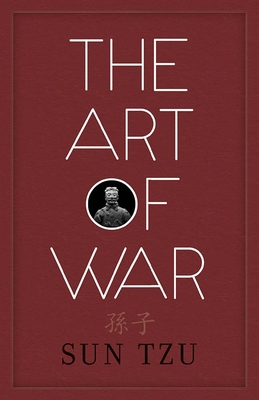Allied by Design: Defining a Path to Thoughtful Allied Space Power
In this report, the authors assess the goals, organization, and activities of the U.S. Department of Defense space enterprise on allied-related space activities. They evaluate six allies--Australia, Canada, France, Germany, Japan, and the United Kingdom--to determine their interest in, potential for, and perspectives on cooperation with the United States. Their findings reveal opportunities for a more effective approach to allied space power.
Format:Paperback
Language:English
ISBN:1977410693
ISBN13:9781977410696
Release Date:January 2024
Publisher:RAND Corporation
Length:130 Pages
Dimensions:0.3" x 8.5" x 11.0"
Customer Reviews
5 customer ratings | 5 reviews
There are currently no reviews. Be the first to review this work.




















